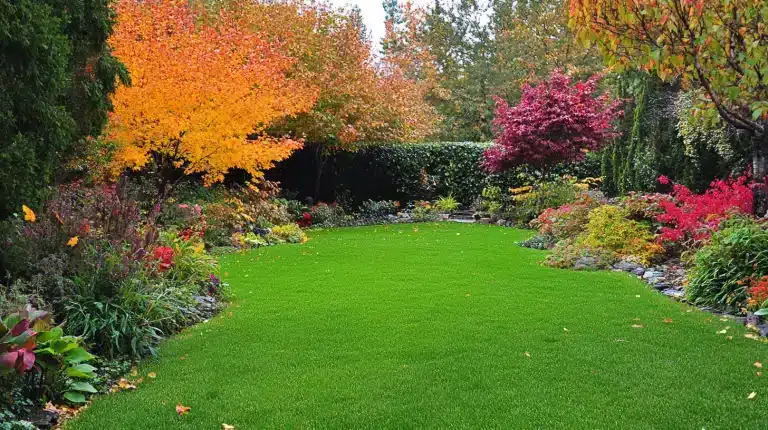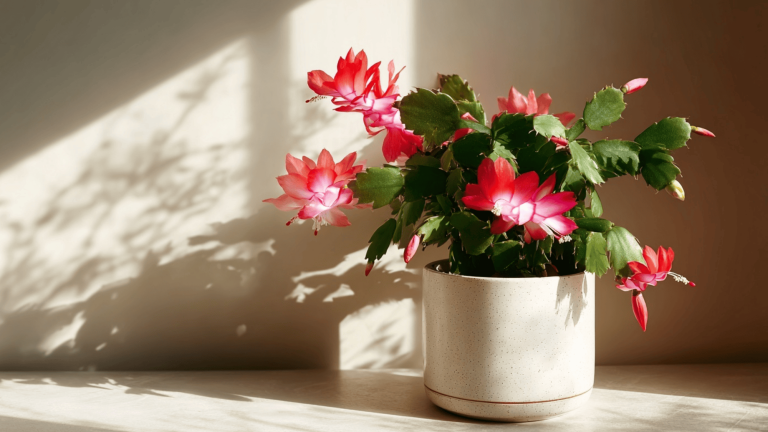Winter can be cruel to your lawn and garden, and low temperatures, snow, ice, and frost begin to stress your plants, grass, and soil.
Being proactive in the protection of your outdoor space ensures that it is healthy enough to flower once spring rolls along. Following are some of the important tips for keeping your lawn and garden safe during winter.
Prepare Your Lawn for Dormancy
With winter just around the corner, you want to take some important steps that would allow your lawn to go into dormancy-that is, a period where grass goes into some sort of “hibernation” to conserve energy from the cold.
Give your lawn a final mow by trimming your lawn a little shorter than normal, roughly 2 to 2.5 inches high. This height reduces the potential for mold or other diseases to creep into the long, wet grass blades. Once mowed, apply a winter-specific fertilizer high in potassium.
This will help harden the grass, providing it with the needed nutrients to handle freeze temperatures. One should avoid using fertilizers that are high in nitrogen as this promotes growth that may be particularly prone to frost damage.
Limit Foot Traffic on Your Lawn
During winter-under snow and ice especially-grasses tend to be brittle and fragile. This frozen grass will break and compact with repeated foot traffic, delaying growth into the spring.
For those with larger properties, it’s a winter garden and lawn maintenance savior. Versatile machines, some jobs tackled well by these range from snow removal to hauling heavy mulch-even light grading-to keep pathways clear.
Using a sub compact tractor that offers winter attachments that will quickly remove snow and make driveways and pathways accessible. Protect Your Trees and Shrubs from Snow and Ice Damage
Insulate Your Garden with Mulch
Mulch insulates plants; it holds heat and water in the soil. Apply a 2- to 3-inch layer of mulch around the base of shrubs, trees and perennial plants, mounding it up but not directly against plant stems or trunks, which invites rot.
As a general rule, organic mulches are applied with the purpose of insulating the soil, decomposing gradually to feed it. The layer of mulch serves to retain the soil’s moisture, its roots from temperature fluctuations, and it prevents the freezing of the soil too quickly.
Cover Delicate Plants
More protection can be afforded by covering cold-sensitive plants, such as roses or vegetables. Burlap, frost blankets, and row covers work well because they help to provide a little microclimate for plants to stay just a little bit warmer.
Just lay them over the top of the plants or construct some type of simple frame to keep the cover over the foliage. Tie any coverings down to prevent winter winds from blowing it away. Remove the covers on occasion in warm weather to prevent excess moisture that can cause mold.
Water Strategically Pre-First Frost
Keeping your soil hydrated before the ground freezes is one good way to keep the roots of your plants intact because dry soil can cause root damage. About a week before the first frost date, do extensive watering to your lawn and garden.
The last deep irrigation insulates the roots by giving them moisture to take up during the winter period. This usually creates a lot of puddling on the ground surface which will freeze and actually damage your plants.
Prune with Care and Only When It’s Necessary
Most plants love being winter pruned, but it needs good timing and technique. For a lot of tree and shrub pruning, late fall is a very good time because they will go dormant. The primary pruning objectives are to eliminate dead, diseased, or damaged branches. These are primary pruning activities that contribute to reducing the potential for winter stress on a plant.
Winter pruning should not be conducted on spring-blooming plants such as lilacs or forsythias because they would have developed flower buds during the previous fall that would have been removed by pruning. Prune only what is necessary, allowing plants to put energy into surviving through the winter rather than trying to heal over pruning wounds.
Protect Your Trees and Shrubs from Snow and Ice Damage
This should be done gently with a soft broom. One must be very cautious not to break any branches. Consider shrubs that one may loosely tie up with twine just to provide support for them.
They, because of this ability to leach into the soil, thereby causing root damage and changes in the quality of the soil, must therefore be kept away from the plants. On the other hand, sand and calcium chloride are products not as injurious to plants.
It only takes a little bit of extra effort to winterize and protect your lawn and garden, but it will ensure you appreciate the beauty of an outdoor space come springtime. Mulch would put a barrier, cover sensitive plants appropriately, water accordingly, and avoid foot traffic.
These are the acts of defense against the rigors of winter that shall help in protecting your plants and lawn. Winter would naturally be a rest period for your garden, but take just a few proactive steps and you’ll get everything healthy and popping in the warmer months.









